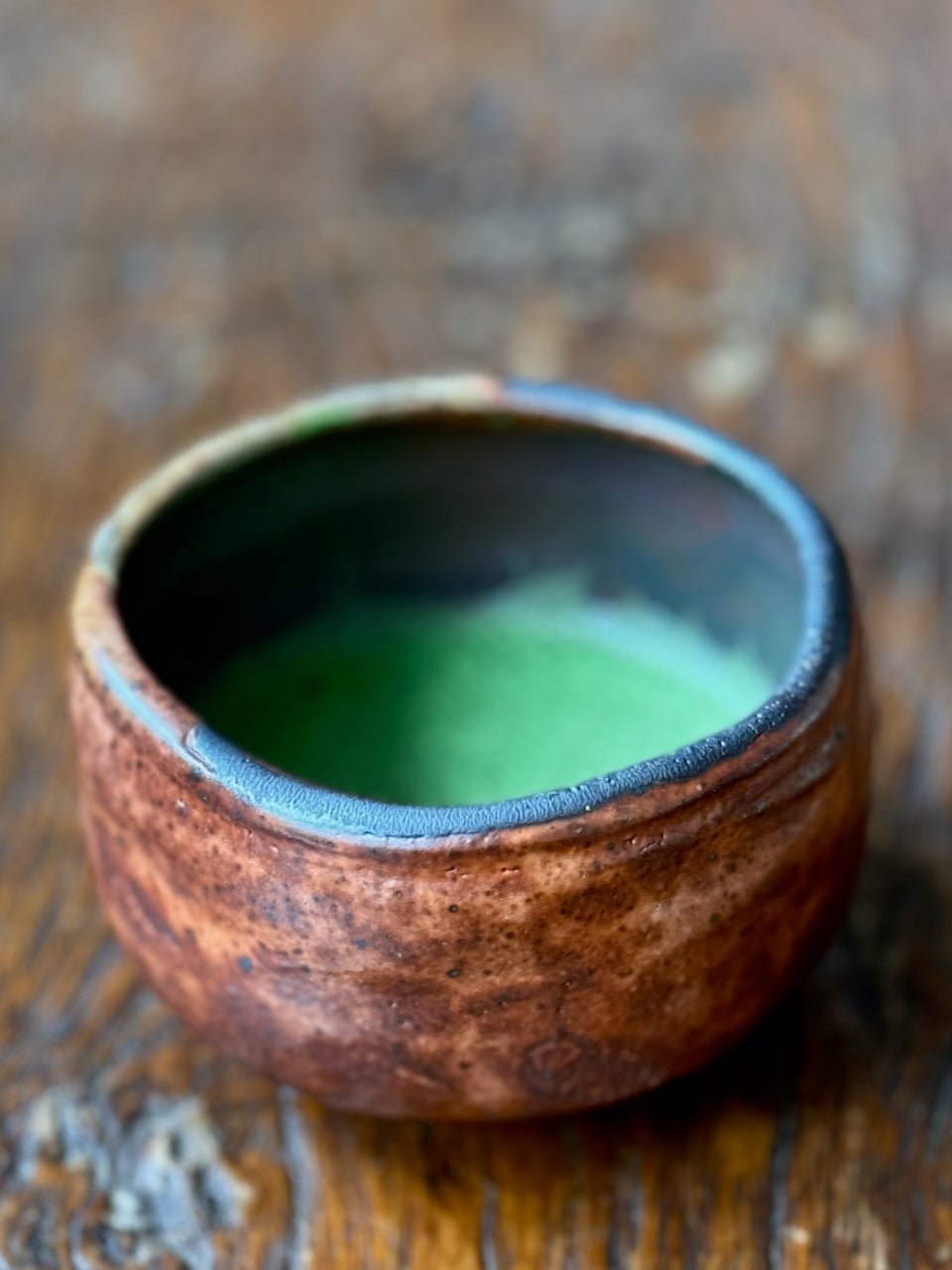Gyokuro | A Great Way to Start your Day

Gyokuro (玉露) is a very special type of Japanese green tea; it represents roughly 1% of Japan's annual tea production.
The name translates as "jade dew", probably because of its intense green colour; good gyokuro will provide one of the richest, most umami loaded tea journeys that you'll ever experience.

Growing and Handcrafting Gyokuro
- Shading: tea trees are covered with a canopy a few weeks before the harvest. This will result in more vibrantly green leaves with a higher content of L-theanine.
- Steaming: gyokuro is a sub-category of 'sencha' (steamed tea).
-
Rolling: the leaves are delicately shaped as needles. This contrasts with the 'ball' shape of steamed tea that is popular in the Ureshino / Nagasaki region (tamaryokucha).
-
Drying

Brief History
Gyokuro has ancient roots in China; its best known ancestor is Enshi Yu Lu (恩施玉露), a very interesting tea from Hubei province, that is also steamed and rolled into fine needles (unlike most modern day Chinese green teas). This tea has been crafted in a very similar way since the Qing Dynasty and is widely believed to have influenced Japan's modern day gyokuro.
Note that the characters for Yu Lu and Gyokuro are the same: 玉露
The teas, however, are not identical. In the early 19th century, tea growers in the Uji area devised methods to boost umami in tea leaves through shading. The most well known 'father of gyokuro' was Yamamoto Kahei, a tea merchant.


Well Known Gyokuro Origins
- Uji: this is the birthplace not only of gyokuro but also of Japanese tea culture.
- Yame: since the early 20th century, this region in Fukuoka prefecture developed very unique styles of both gyokuro and matcha. Today, some of the best leaves carry the denomination Yame Dento Hon Gyokuro (see below).
- Shizuoka: this region was one of the most fertile for tea innovation in Japan in the 20th century; today, we can enjoy several examples of Shizuoka gyokuro grown with local cultivars.
The Japanese government certifies an extremely small amount of tea per year with the Geographical Indication (GI) Yame Dento Hon Gyokuro. The teas certified follow very strict quality rules that involve:
- Terroir: the origin must be Yame, in Fukuoka Prefecture
- Farming: the fields are 'naturally shaped', unlike the very manicured fields that are easy to harvest with machines
- Shading: only natural materials like hay, in canopies, are allowed; the shading time should be at least 16 days long
- Harvesting: only hand picking is allowed
- Handcrafting: the recipe should follow strict rules that are considered 'traditional' in this region.




Comments